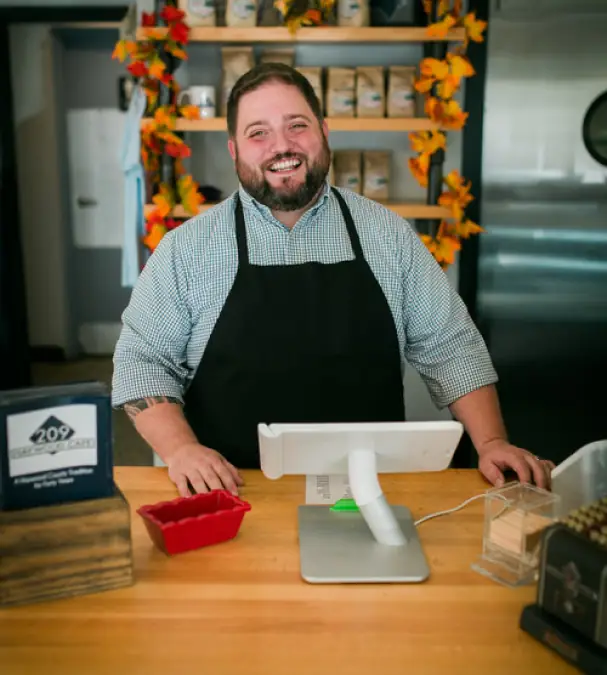About The Waynesville Main Street Diner
Mission
At Waynesville Main Street Diner, it is our mission to be our guests second home. Here we create meaningful relationships. The Food we serve does more than feed our bodies. It Nourishes friendships with our community, Our extended Family.
Vision
It is our Vision to be thought of as the first choice for our neighbors and the traveler.
Values
Faith: Putting our Faith in God and one another so our guests are comfortable putting their faith in Us.
Honesty: Our Word is as good as our Food.
Service: Caring for our guests with a smile and our community with compassion.
Quality: Making every decision that is best for our guest and our team.
Dependability: Standing for what we believe and serve every day.
Serious Fun: We take our work seriously but ourselves not too seriously.



Preserving The History OF A Landmark Building
The Main Street Dinner is more than a place to eat. Here guests have a chance to step back in time to the earliest days of the town of Waynesville. As a team member here, you are part of their journey, and while you may not know everything about the town and main street’s history, we do expect you to have a working knowledge of its history to share with our visitors.
How Did The Town Get It's Name?
In 1809 Robert Love, a revolutionary war colonel and local land speculator, gifted 17 acres where the town’s first buildings were built. He gave the name of Waynesville, presumably out of respect for General “Mad” Anthony Wayne, who he served under during the revolutionary war. Before this, the area was known as prospect hill (aka mount prospect).
History of our building?
Our building was built in 1923 to house the towns then largest grocery store, the A&P Grocery. It has also served as a beauty parlor, men’s clothing haberdashery, office supply store, and a famous bakery known as Whitman’s Bakery. Our building is two separate storefronts that were connected together, thus the two levels.
The history of Main Street
Main street became the center of town as Waynesville grew, gradually transforming from a residential street into the towns center of commercial. The Main Street area became home to boarding houses, banks, lawyers offices, general stores, drug stores, doctors’ offices, and funeral parlors. The main street historic district was added to the national register of historic places in 2005 and contains 35 significant buildings.
Paving Main Street
Main Street was a dirt road riddled with potholes which filled with rainwater. Ducks and birds made use of these routinely. It was said that there was more ducks on Main Street than people until a protest led to its improvement in 1905.
Timeline
1808 - Haywood County Formed (It was formerly a part of Buncombe County)
1809 – Robert Love gifts land and names town Waynesville
1830 – Stagecoach service begins
1832 – Post office opened
1871 – Waynesville incorporated (population 225)
1883 – NC Railroad reaches Waynesville
1880s – Frog Level becomes town train depot and industrial area
1884 – First newspaper “Waynesville News”
1887 – Bank of Waynesville opened
1905 - Electricity arrives and Main Street is paved with granite bricks
1910 – Population reaches 1,400
1995 – Waynesville annexes Hazelwood
Our Sister Restaurants
We are a part of Sweet Potato Hospitality Group.
Our first restaurant in the mountains of Western North Carolina was The Haywood 209 Cafe, opened by Bob & Katina Johnston in 2014. Bob & Katina are not new to the restaurant business. They established The Melting Pot Restaurants, Inc. in 1985 and now have more than 90 locations across the United States. Moving to the area in 2012, it was important for them to invest in the community and create jobs.


